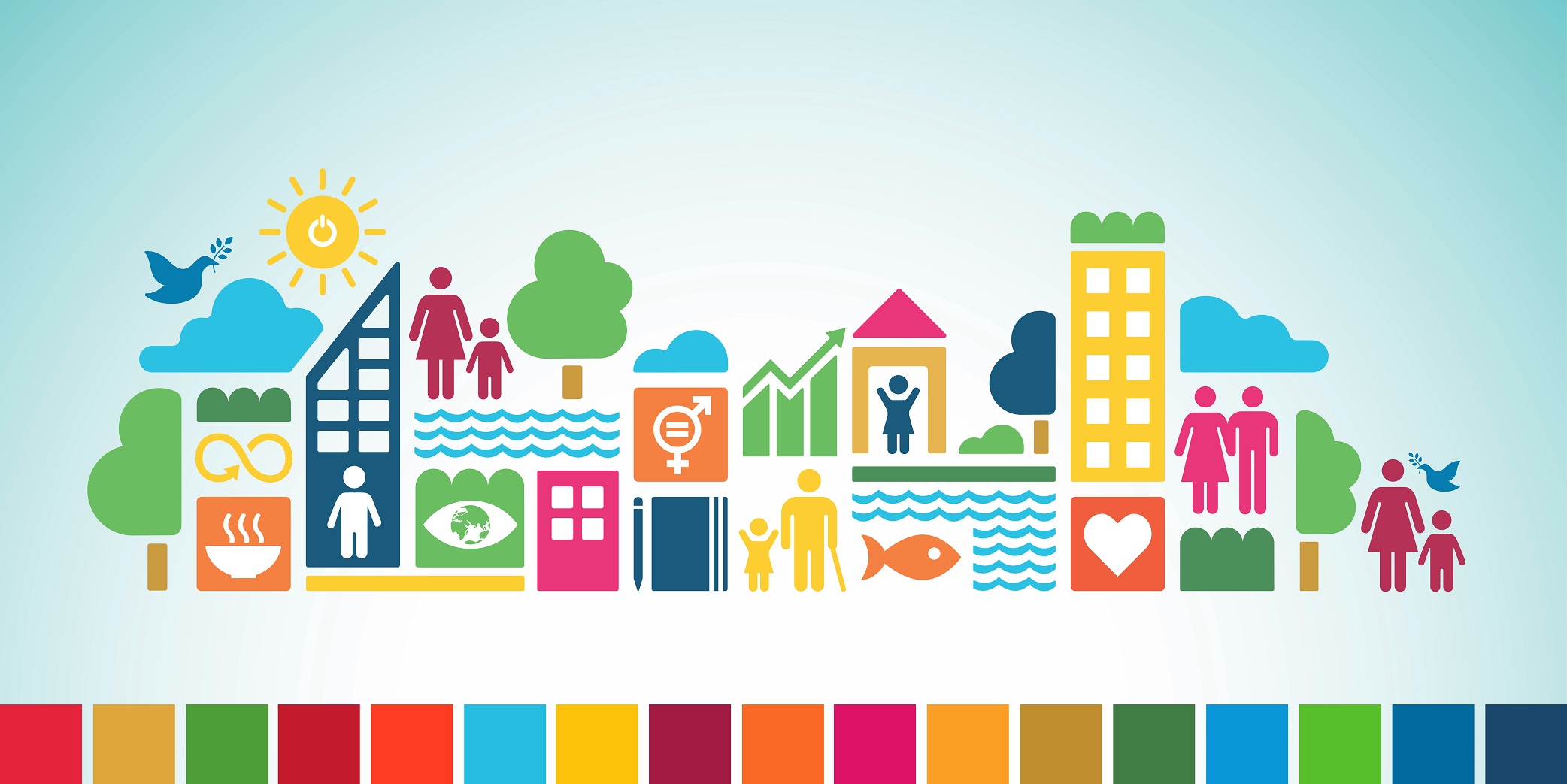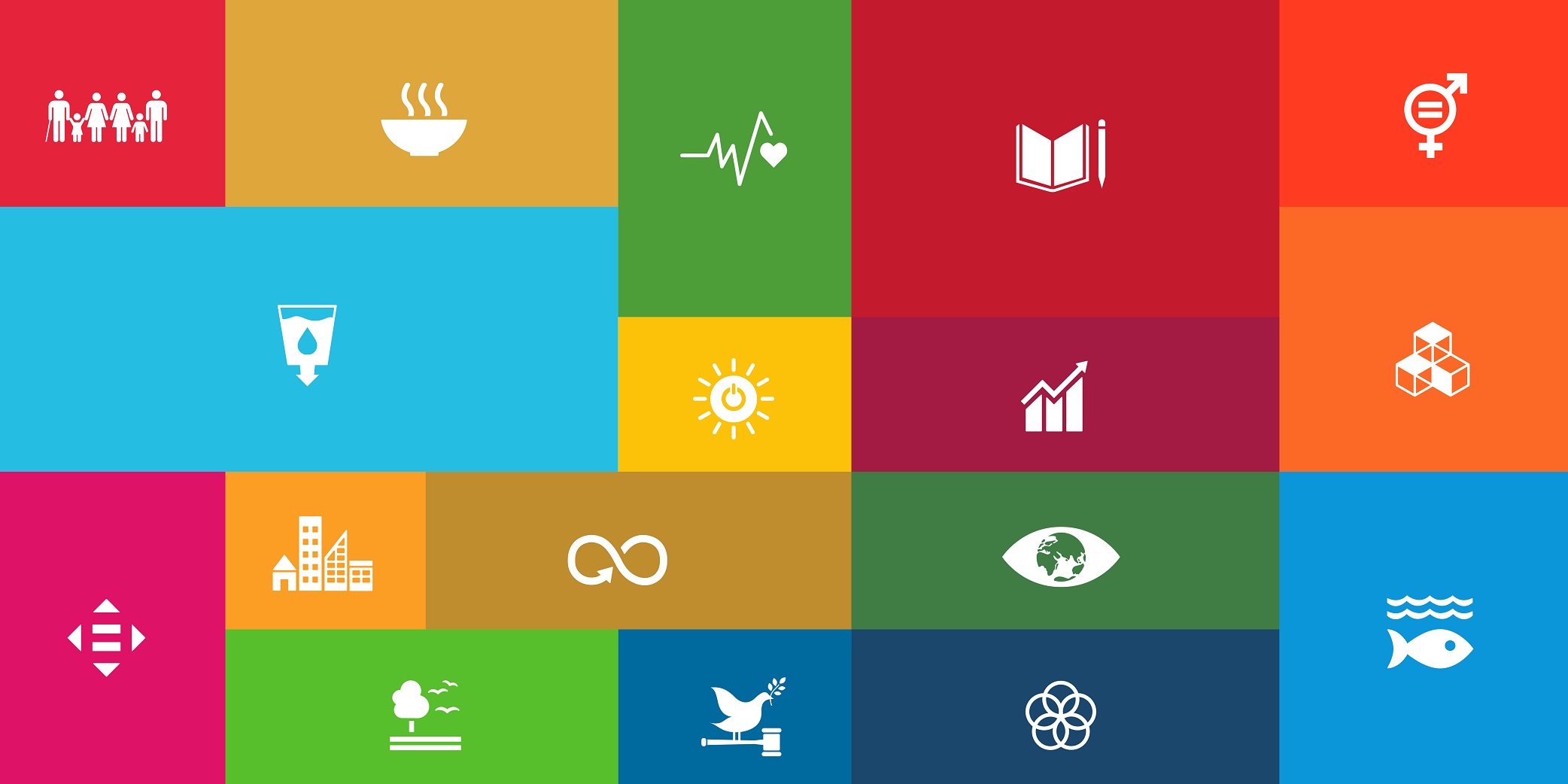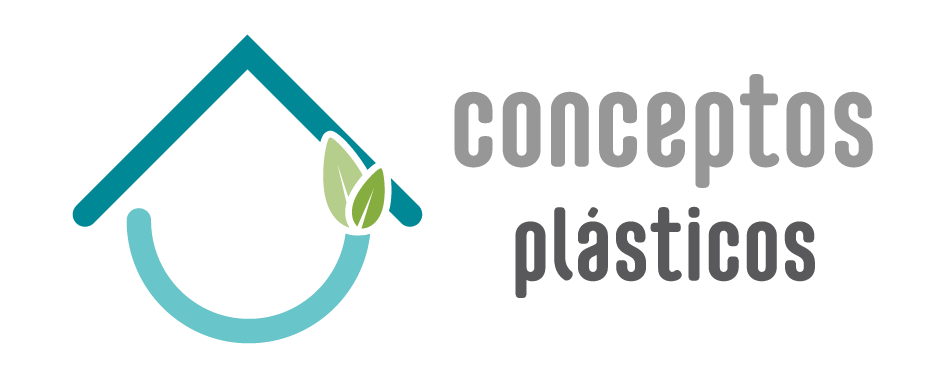Our blog
Eight years from paradise

Imagine there's no poverty or hunger. It's difficult, even if you try, right? Imagine all the people living equally. Imagine there are no cities without clean water, food, and energy. It sounds expensive and complicated.
Imagine solid institutions guaranteeing peace and justice for all, a world with some responsible production and consumption systems that allow the coexistence of all living species
You may say all these are nonsense of dreamers.
Well, here is the good news: we are eight years away from that world; at least that is the plan that the United Nations Organization [UN] drew up as a worthy goal for 2030.
It looks somewhat improbable. Too much has to happen even to sketch such a prosperous and sustainable global society. But we have more good news because many things have already happened, and those that we need urgently are a group of 17 goals. .
The journey of this sustainable world began 30 years ago, at Earth Summit in Rio de Janeiro in June 1992. 178 UN countries adopted Agenda 21, a roadmap to generate global alliances that would allow sustainable development facing the new century, seeking a universal essential human well-being, including protecting the environment.

By the dawn of the new century, the UN leaders already knew how challenging it is to solve the puzzle of so many states' agendas. With a wiser approach, in September 2000, the United Nations issued the Millennium Declarations, which for the first time established eight goals - Millennium Development Goals MDG - as a way to reduce extreme poverty by 2015.
Two years later, at the World Summit on Sustainable Development, the UN prepared the Declaration on Sustainable Development and the implementation plan. This baby step changed everything, although it will take another decade for these two agendas to meet on a common project: the eradication of poverty and the sustainable development of contemporary society.
In June 2012, at the Conference on Sustainable Development [Rio+20], the Member States announced “The Future We Want”: a process to develop a set of SDGs [Sustainable Development Goals] to build upon the MDGs [Millennium Development Goals] and to establish the UN High-Level Political Forum on Sustainable Development."*
Thus, in 2013, the UN General Assembly established a 30-member working group to create these new SDGs. By 2015, on the due date for the Millennium Declaration, the United Nations Organization presented the so-called 2030 Agenda for Sustainable Development. A brand new and updated work plan for a decade of sustainability. This initiative gave us a set of 17 particular and interconnected objectives for seeking an integral development of global civilization, understanding growth beyond economics, and addressing social and environmental issues.
The 17 nodes of the sustainable future

This is the history of this ambitious project to show the evolution of the global perspective taking development from the human, social and environmental approach. Ours is a very prosperous era with overcrowding of resources and opportunities for the most like never before, but with very high costs that the narrative of the wealth of nations conveniently kept off the ledgers.
If you are reading this blog, you must be looking for information on climate change mitigation, the fight against poverty, or alternatives for the use of plastic waste. If so, you probably are already aware of these and those other significant challenges we face regarding the impact that our development model has imposed on virtually every living creature on the planet, including, of course, millions of fellow humans.
We, as species, have put everything we know and love at risk. But the same ambition that brought us here can help us achieve the transformations we need as a sustained society. This optimistic vision guided the UN when it proposed to conceive a realistic and timely plan to advance in that direction: constructing an egalitarian, just, peaceful, clean, and protective world for life in all its forms. We have the knowledge and the resources. It was only necessary to set the goals:
- No Poverty
- Zero Hunger
- Good Health and Well-being
- Quality Education
- Gender Equality
- Clean Water and Sanitation
- Affordable and Clean Energy
- Decent Work and Economic Growth
- Industry, Innovation, and Infrastructure
- Reduced Inequality
- Sustainable Cities and Communities
- Responsible Consumption and Production
- Climate Action
- Life Below Water
- Life on Land
- Peace and Justice Strong Institutions
- Partnerships to Achieve the Goal
In the following articles, we will do a thematic analysis of the 17 Sustainable Development Goals [SDG] to see their levels of interconnection and thus make explicit the Macro strategy that defines this work route. You will also discover that these SDGs are the core of our business model, and how with our corporate actions, we contribute to these common goals.
* sdgs.un.org/goals

